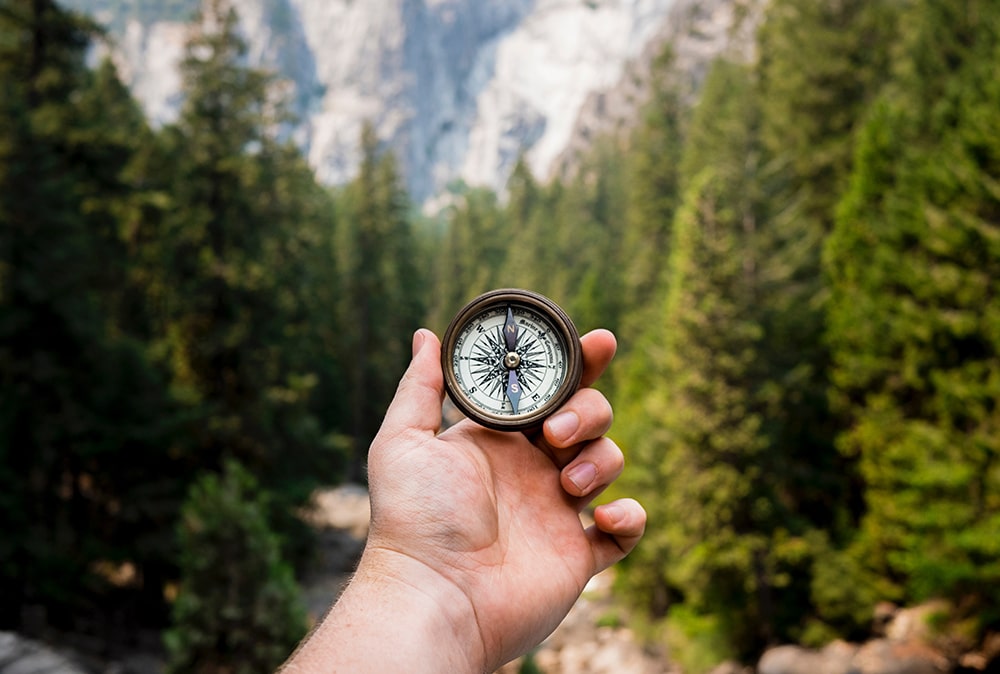Did you know that you have an internal GPS? It allows you to orient yourself in space, respond to changes in the environment, and move through life. Running, picking up your kids, lifting weights, balancing, and even resiliency to stress are affected by this mapping function of the brain. Better maps result in better movement precision, which means better quality of life, improved fitness, and decreased risk of injury.
This process occurs in real time, and begins with the intake of information through three “satellites”: the visual, vestibular, and proprioceptive systems. It then goes through the following stages: sensory input ➔ integration ➔ motor output ➔ error correction / prediction.
Of these satellites, the visual system accounts for 60–70% of all sensory input, while the other two systems make up 30–40%. This means 60–70% of your awareness of your body in space, which is key for exercise, comes from your eyes. Research supports this, and is showing incredible connections between:
- Vestibular training and increased bone density
- Vision, the cerebellum, and low back pain
- Poor gait and increased risk of dementia
As you can see, a brain-based approach benefits us both short-term and long-term, in fitness and in cognitive health. If we want better quality of life, we have to account for our physiology, include visual / vestibular exercises, and sensory and coordination work in our regimens. Here are a few examples of exercises that you can try for yourself. To test if these are right for you, start by doing a balance or range of motion baseline, try one, and re-assess. If there is an improvement, include it in your current program. If not, it just means there are better drills out there for you!
1. Eye Circles: start seated with a pen at nose height. Slowly draw a small circle with the pen while following it with the eyes, not moving the head or body.
2. Pencil Pushups: start seated with the pen at nose height and the arm extended in front. Focus on the top of the pen and slowly bring it towards your nose; stop before it goes blurry. Follow it back as you slowly straighten your arm to the starting position.
3. VOR: start seated with a pen at nose height. Keep your focus on the pen throughout—and without moving the body, slowly turn the head to the right or left, up or down, and diagonally. Try one direction at a time.
To me, neuroscience is the science of hope. Its application gives us the tools to change, to heal, and to learn almost any skill—at any age. Gone are the days of a static brain; we are inherently plastic.
If you’re intrigued and want to learn more about neuroplasticity and your body’s potential, pick up The Brain that Changes Itself by Norman Doidge, or come see me for a session with a neuro flair!

